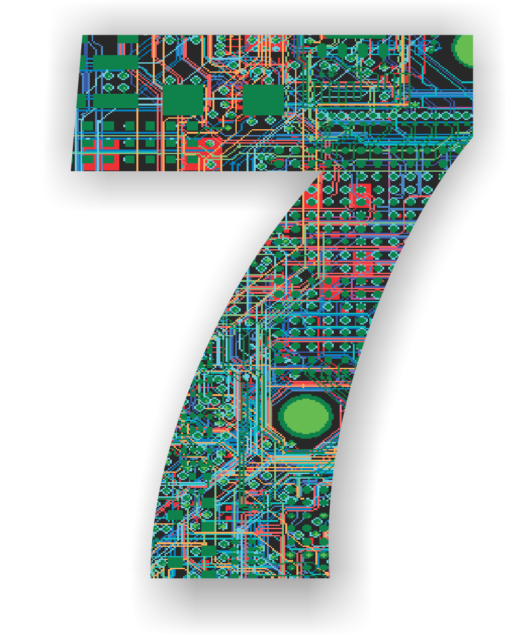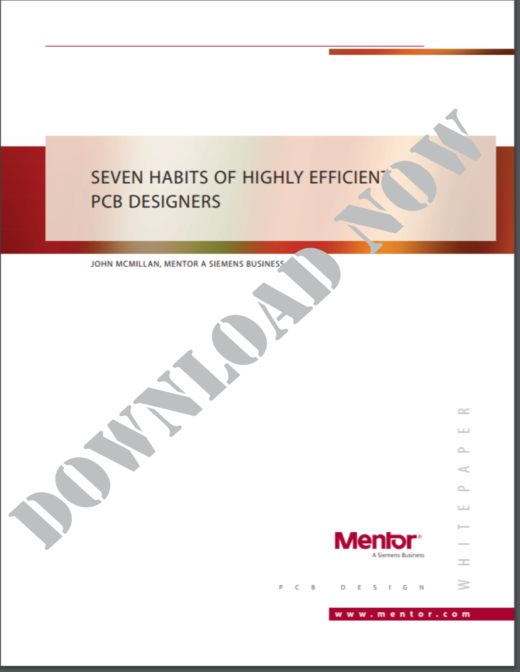7 Habits of Highly Efficient PCB Designers

Every step taken during the printed circuit board (PCB) design process is taken purposefully. PCB’s are essentially complex puzzles where the designer takes a specified list of components and a schematic diagram, typically with multiple sets of rules and constraints, then, following industry standards, guidelines, and best practices, places and connects them precisely for fabrication and use in electronic products. This paper describes seven habits that highly efficient PCB designers take as they study, prepare, visualize, strategize, and complete PCB designs.
1. EFFICIENT PCB DESIGNERS PAY ATTENTION TO DETAILS
From creating the schematic symbols to polishing off the layout for fabrication, assembly, and test, even the smallest missed detail can make or break a printed circuit board design. Efficient PCB designers make it a point to understand every aspect of the design flow and… read more



